Girardo and Co. is offering for sale the Ferrari 512 S originally owned and raced by the Scuderia Ferrari in the 1970 World Endurance Championship.
Put together in just three months by a team headed by Mauro Forghieri, the 512 S mounted an all-alloy V12 of almost five litres with four valves per cylinder. The tubular spaceframe was developed from the P4 and the 612, while the bodywork was designed by Giacomo Caliri and made from polycarbonate for light weight.
The Ferrari 512 offered at Girardo and Co., chassis 1004, was completed in late 1969 in preparation of the 1970 World Endurance Championship. The car featured external door hinges, a roof vent and larger diameter anti-roll bar. Chassis 1004 was immediately destined for competition and entered the 1970 Daytona 24 Hours, which was also the debut for the Ferrari 512 S model.
The Ferrari works team arrived in Daytona with three recently homologated 512 S’. The 5-litre 60-degree V12 engines developed 550 bhp at 8,500 rpm with a 5-speed gearbox transferring the power to the road via 15 inch wheels. Practice was held on the Wednesday and Thursday prior to the race and was untimed, however from the pit lane stopwatches the Ferraris were faster than the Porsche. Qualifying was held on Friday morning and started in the wet. Despite a whole pack of these fearsome endurance cars qualifying, the track did not entirely dry out. Ickx was qualifying 1004 and set the fifth fastest time of 1 min 56.9 seconds (117.331 mph).
Race day on Saturday was cool and dry, conditions which would remain consistent throughout the entire 24 hours of competition. The entire grid lined up by 2pm and started their pace laps before the flag dropped at 3pm on the back straight.
The race was progressing well until chassis 1004 suffered a tyre failure on the banking. The cause of the tyre failure was due to excessive wear on its inner edge, a problem which plagued engineer Forghieri throughout the 24 hours. It was eventually discovered that the excessive wear was due to the increased toe-in on the banking which was caused by the suspension mounting points cracking, allowing enough movement to create an issue. This was an issue which hobbled Ferrari at Daytona in 1970. After the tyre failure, 1004 was retired and returned to Maranello.
The 1970 1000 KM di Monza was held on Liberation Day and was to be run on the Grand Prix circuit. Practice and qualifying had presented some sensational times with the fastest being only one hundredth of a second slower than the Grand Prix lap record. John Surtees was making a welcomed return to Ferrari and was paired with Peter Schetty in 1004. The pair qualified well and lined up sixth on the grid for Sundays 174-lap endurance race.
Once everyone had got away from the start and completed lap one the crowds erupted with a Ferrari crossing the line first! The race pace was intense and by the end of lap 35 Surtees was leading in 1004, however he soon needed to pit for fuel and hand the car over to Peter Schetty who returned to the track in fourth. At the next round of pit stops the Ferrari mechanics earnt their money with all three works cars in the pits at the same time. As the race progressed further Surtees and Schetty climbed the order to cross the line in a strong third place.
After the podium finish at Monza, the car was used by the Scuderia for testing at both Monza and Modena Autodromo. Interestingly, this was also the car which Ferrari used to test the high-speed tail on the Italian Autostrada. Ferrari had a local Autostrada closed and completed several high-speed tests with the newly designed tail section. The car was then sold to Jacques Swaters of Garage Francorchamps in Brussels on the 20th June 1970. At the point of sale, the car was renumbered by Ferrari from 1004 to 1024. As can be seen on Ferrari invoice number 16655 the car was sold as a chassis and body having had the engine and gearbox removed.
Only one month later this car was sold to Solar Productions which was owned by Steve McQueen. The car was purchased to be used during filming of the famous Le Mans movie. The front and rear body sections from this car were fitted to a Lola T70 to create a look-a-like 512 S which could be used for the well-known crash scene in the movie.
After filming in December 1970, Herbert Muller Racing in Switzerland purchased all 512s, except one, used during the filming of Le Mans. Of the four cars purchased, two were immediately sold to clients of Herbert Muller Racing, with two (the car offered here, and chassis 1036) remaining within their ownership.
On the 22nd June 1979, the car was purchased from an Italian in Torino by famed Ferrari 512 historian, Manfred Lampe. The Italian owner had renumbered 1004 again, this time to be 1012. At this point, Manfred Lampe recalls that the chassis was complete and the sale included some body panels, four wheels and various other smaller components.
Lampe sent this car to the USA later in 1979 before it returned to Europe in the late 1980’s. The car was then sent to Ferrari restoration and servicing specialist, Bob Houghton, in the UK. A full rebuild was started in 1991 with the assistance and support of the Ferrari factory. Lampe purchased various 512 S spares for this car at the Albert Obrist Christies auction at Goodwood in June 1996. The car was next seen by the public at Concours Automobiles, Bagatelle, Paris in September 1999 before the restoration was completed by Bob Houghton in August 1999.
Since its completion, the car has competed at various historic motoring events around the world, but most importantly in November 2002, after much research in their archives, Ferrari confirmed that the car sold on 22nd June 1970 to Ecurie Francorchamps as chassis no. 1024, was originally 1004.
On 22nd November 2011, the car was awarded its Ferrari Classiche Certificate of Authenticity, confirming the car as chassis no. 1004, engine no. 26 and gearbox no. 12. As a result of the car being restored by Bob Houghton to Spider specification with the involvement of the Ferrari factory throughout the restoration, the spider body was accepted for certification.
For additional information, visit Girardo.com.
[Source: Girardo and Co.]


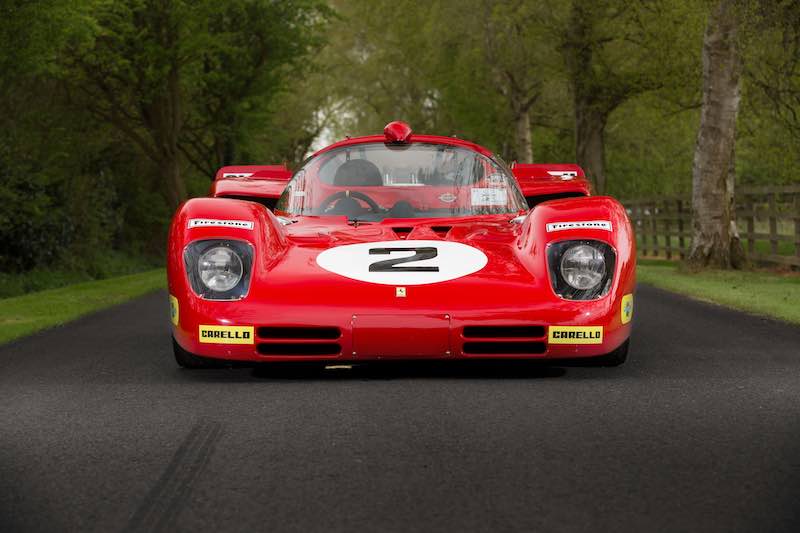
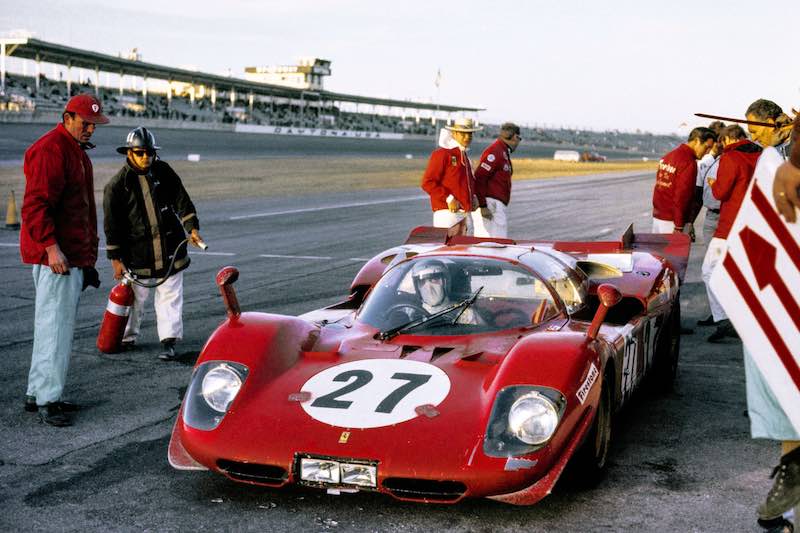
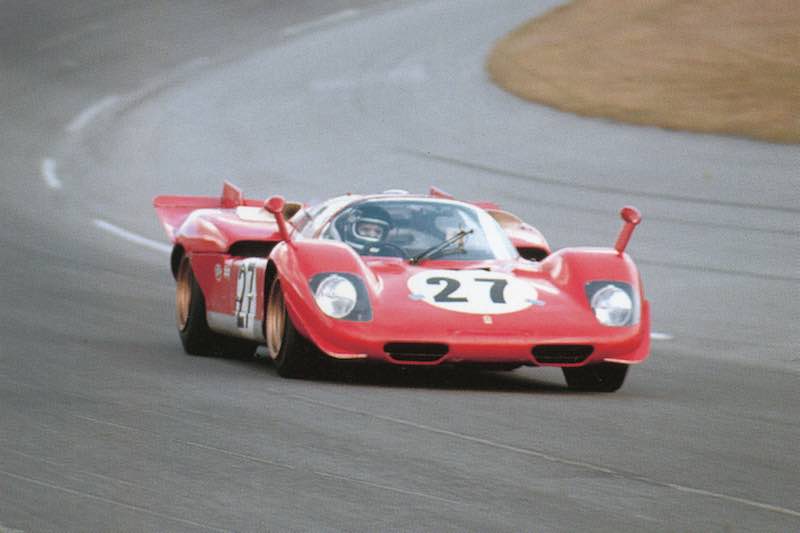
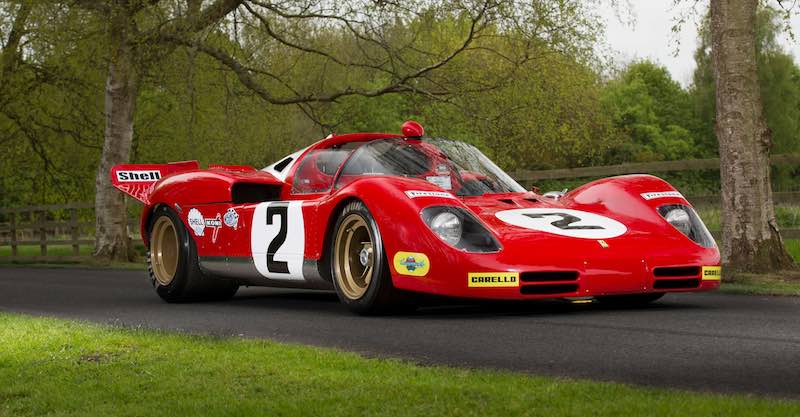
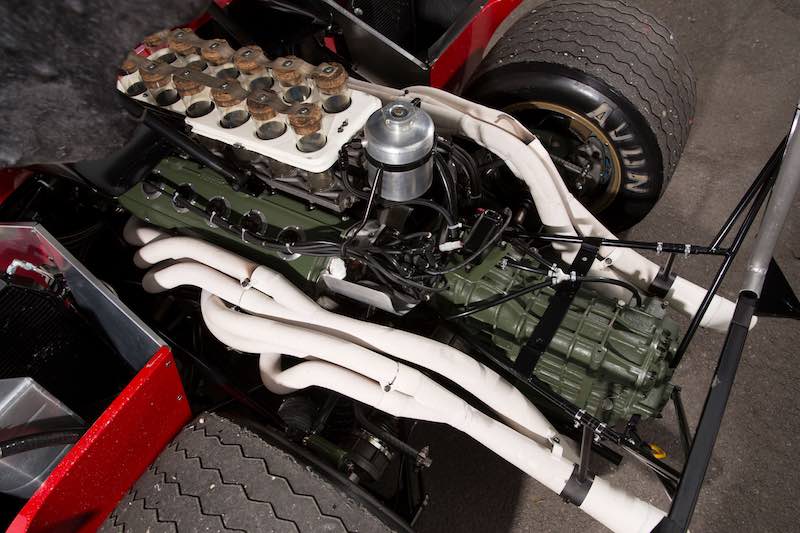
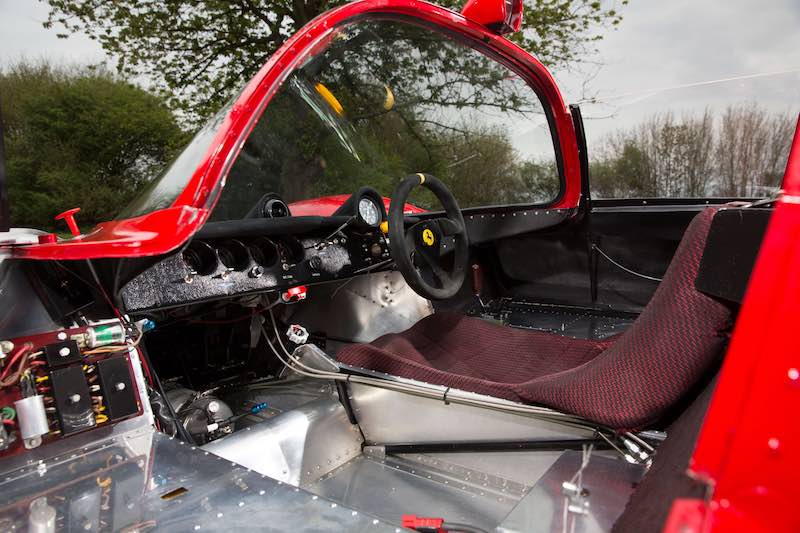
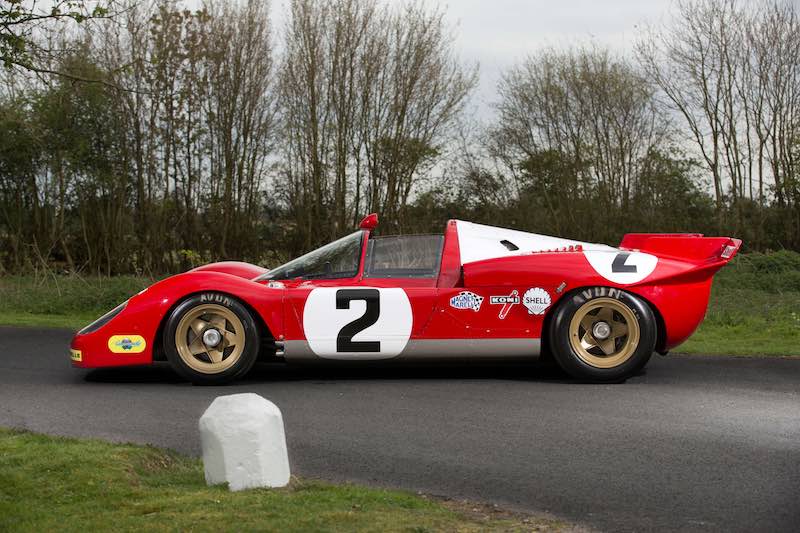
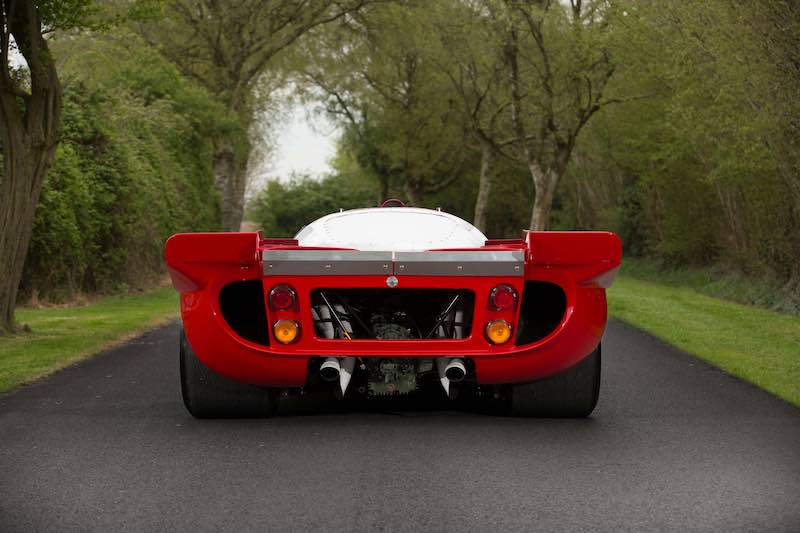
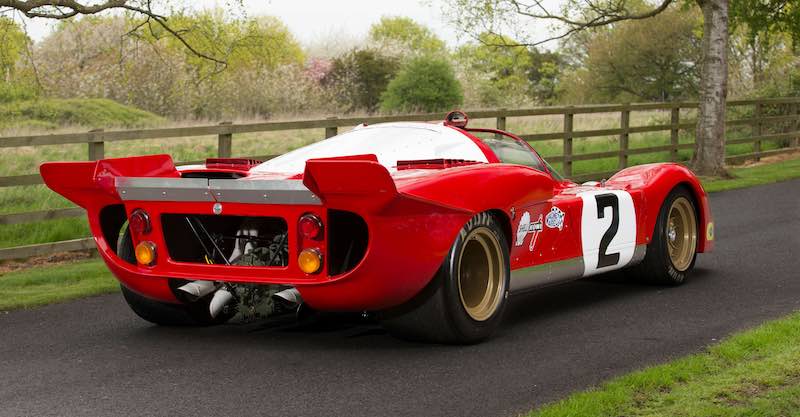
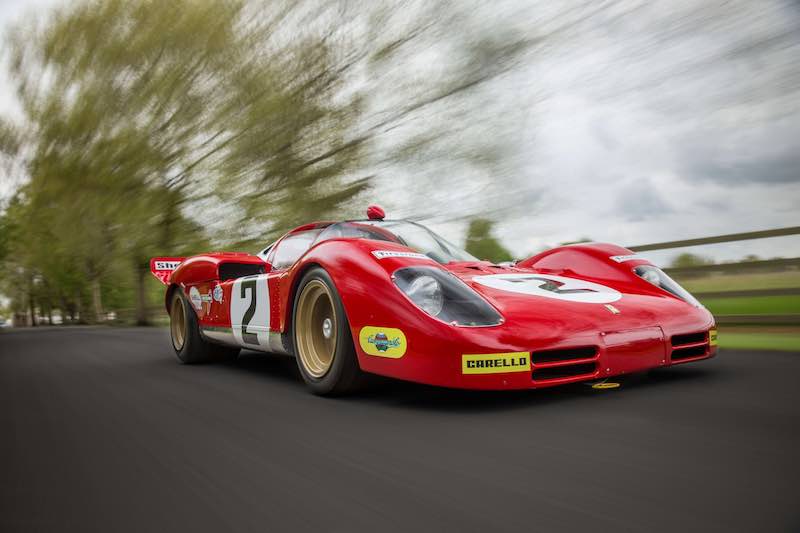
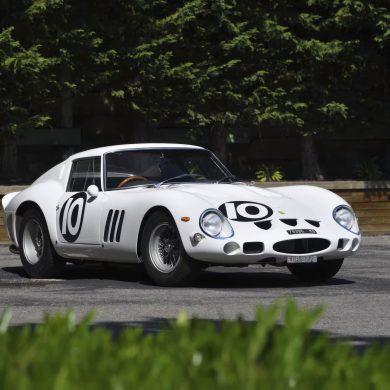
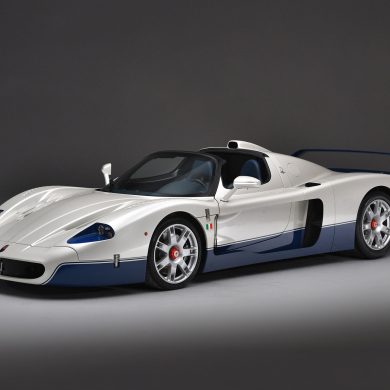
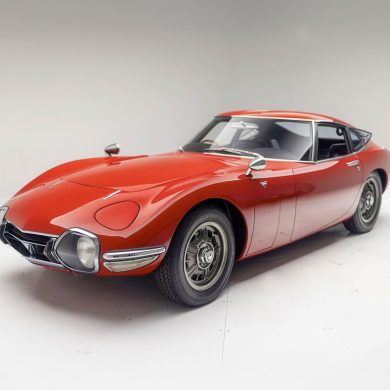
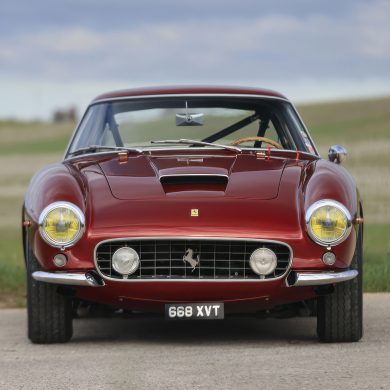

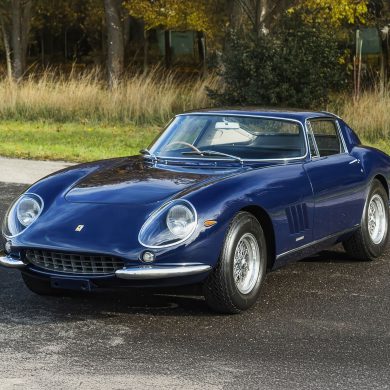


This is NOT the authentic #1004.
This Ferrari was formerly #1012.
#1012 was destroyed in 1970 in Nuburgring.
Manfred Lampe purchased the remnants of #1012 and hired a well known European (Bob Houghton) to re-make the parts and pieces he needed to rebuild his destroyed #1012 chassis.
When Manfred Lampe went to Ferrari to have this car Ferrari Certified Classiche, Ferrari told him they could not certify #1012 as it was destroyed.
Manfred Lampe then re-stamped his chassis from #1012 to #1004 and presented it to Ferrari.
This car is not authentic and is a “Frankenstein” Ferrari.
Manfred Lampe knows what he did….
This is NOT the 1st time Ferrari has authenticated the incorrect car. Money can buy anything….
Everyone knows that the authentic #1004 has had more than 40+ years of consistent ownership, has been extensively raced and shown throughout the USA and Canada. The authentic #1004 is a true piece of automotive racing history.
The car that is currently touting that it is #1004 has had several owners in a short period of time.
Lampe sold to Read who sold to another buyer- who then commissioned Girardo to sell it to its current owner. That is a lot of owners for such a car…seems like a game of “hot potato”.
True car aficionados, historians, and fans know this is NOT the authentic #1004.
The truth ALWAYS prevails and you cannot alter the TRUTH.
Do a simple Google search, ask true Historians and do your homework and you will see I speak the TRUTH!!!